Performance cars that break symmetry rules
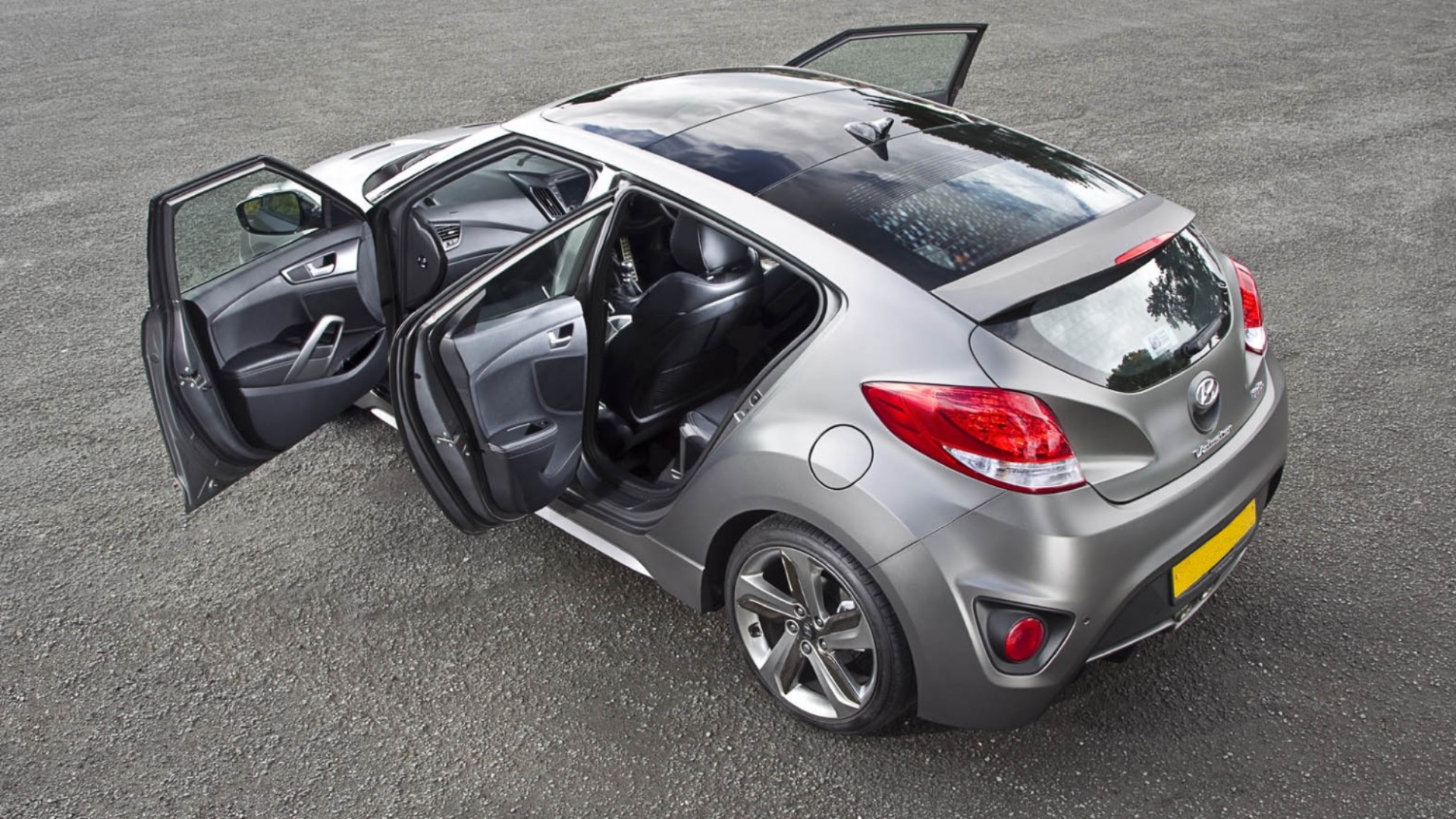
Explore the bold world of production performance cars that defy conventional design with striking asymmetrical features.
Cars are typically designed with symmetry in mind, reflecting our natural preference for balance and harmony. Symmetry not only pleases the eye but also plays a crucial role in a vehicle’s aerodynamics and performance.
However, some production performance cars boldly break conventional design rules, embracing asymmetry to push the boundaries of innovation, functionality, and style. Join us as we explore remarkable examples of these cars that challenge the norm and prove that sometimes, breaking symmetry can lead to extraordinary results.
Lamborghini Murciélago LP 640
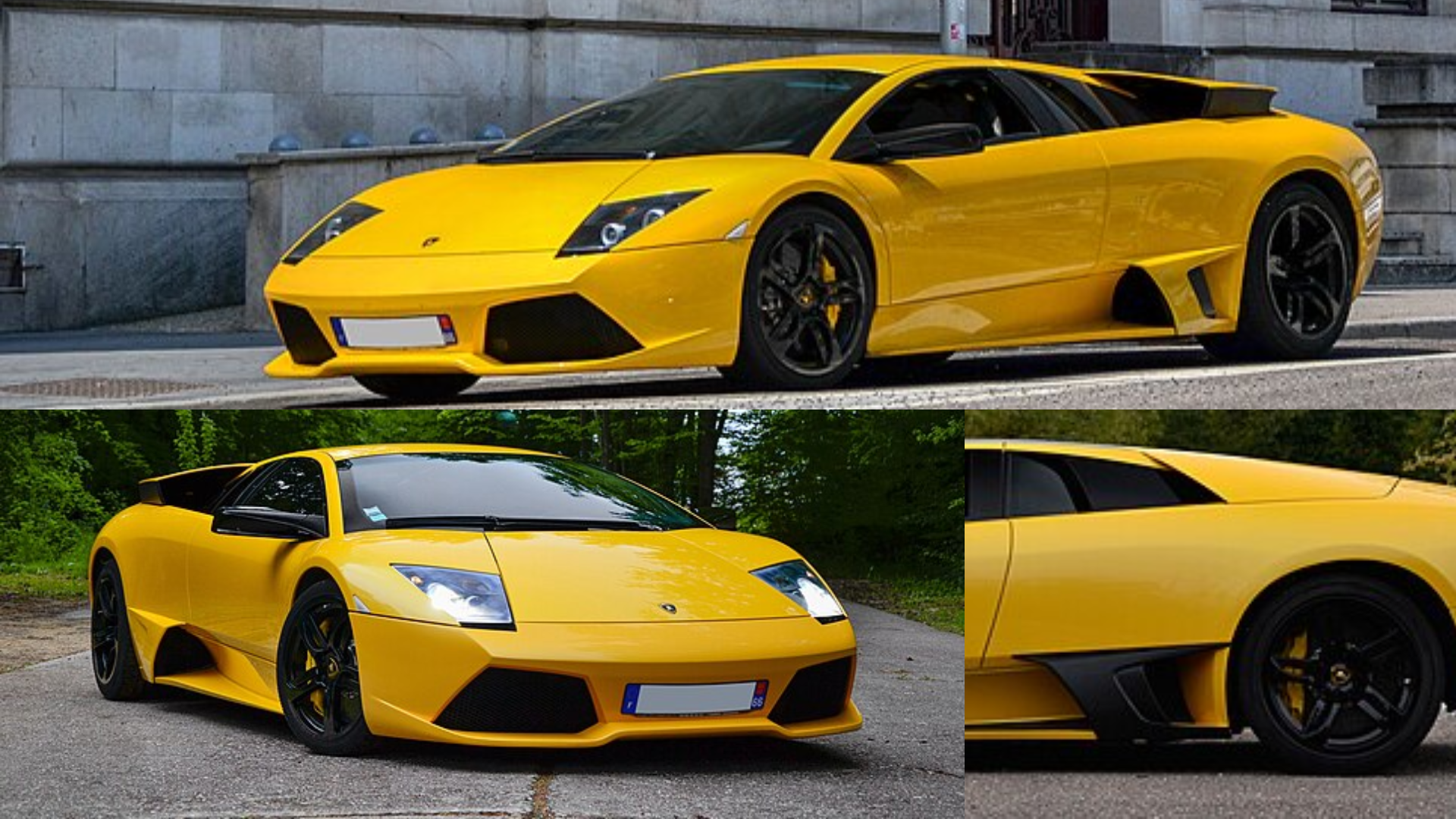
Unveiled in March 2006 at the Geneva Motor Show, the Lamborghini Murciélago LP 640 featured a refreshed design and improved performance. The “LP” in its name stands for Longitudinale Posteriore (Italian: Longitudinal Rear), referring to the rear-engine orientation, while the 640 indicates the car's 640-horsepower output. The exterior received a facelift with revised front and rear fascias, along with asymmetrical side air intakes—most notably, the larger intake on the driver's side, designed to feed an oil cooler.
This asymmetry is subtle but functional, improving the aerodynamics and cooling of the rear-mounted engine. Though the design difference is slight, it’s evident when comparing both sides of the car, with the left side intake being more pronounced than the right. Lamborghini’s use of asymmetry here is a prime example of how breaking symmetry can enhance both performance and design in a supercar.
TVR Sagaris
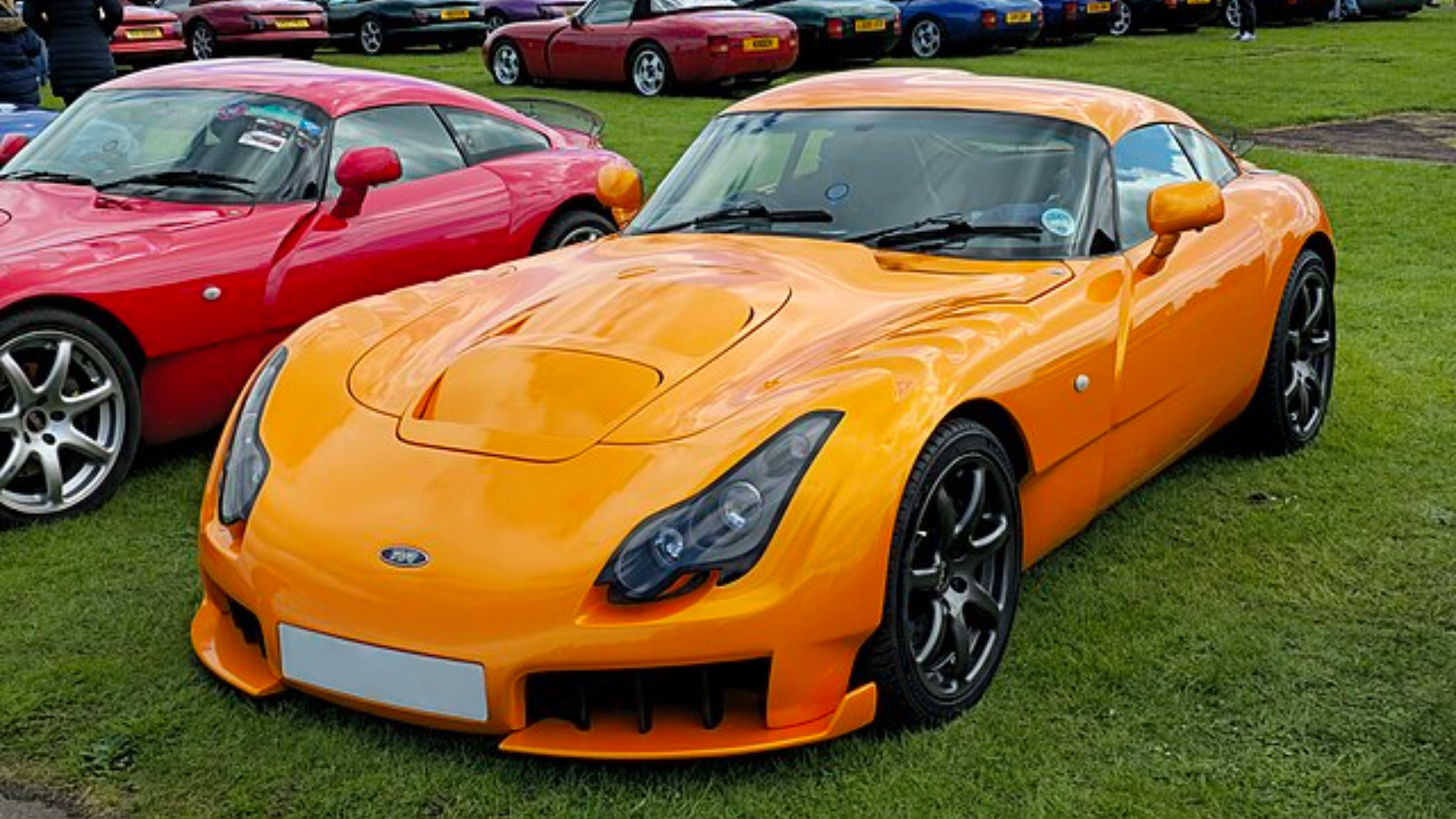
The TVR Sagaris made its debut at the MPH03 Auto Show in 2003, with a pre-production model showcased at the 2004 Birmingham Motor Show, and by 2005, the production version hit the streets. Built on the foundation of the TVR T350, the Sagaris was engineered for high-performance track use. Its body was equipped with numerous air vents, intake openings, and cooling features, allowing the car to endure extended track sessions without the need for modifications.
One of the standout features of the Sagaris is its asymmetrical roofline. Rather than a design quirk, this asymmetry was a practical decision to provide extra headroom for drivers wearing racing helmets. Given that the car came with an FIA rollcage as standard, TVR anticipated that its customers would be using the Sagaris on the track, making the asymmetrical roof a functional addition to enhance driver comfort without compromising performance.
Mitsubishi Lancer Evolution VI Tommi Mäkinen Edition
Released in December 1999, the Mitsubishi Lancer Evolution VI Tommi Mäkinen Edition (TME) was a special edition named after Finnish rally driver Tommi Mäkinen, who had won four WRC Drivers’ Championships with Mitsubishi. This edition featured several performance upgrades, including a unique front bumper, red/black Recaro seats with an embossed T. Mäkinen logo, 17-inch white Enkei wheels, a leather Momo steering wheel and shift knob, and a quicker steering ratio. It also had a titanium turbine that spooled faster, a front upper strut brace, and a lowered ride height, tailored for tarmac rally stages.
The asymmetry in the TME’s front bumper was not just a stylistic choice, but a functional one. Designed to optimize airflow, the bumper’s ducts are strategically positioned to direct air towards the intercooler, oil cooler, and engine intake. This asymmetrical design ensured the engine received optimal cooling, crucial for maintaining performance under high-stress conditions like rally racing.
Mercedes-Benz 500E
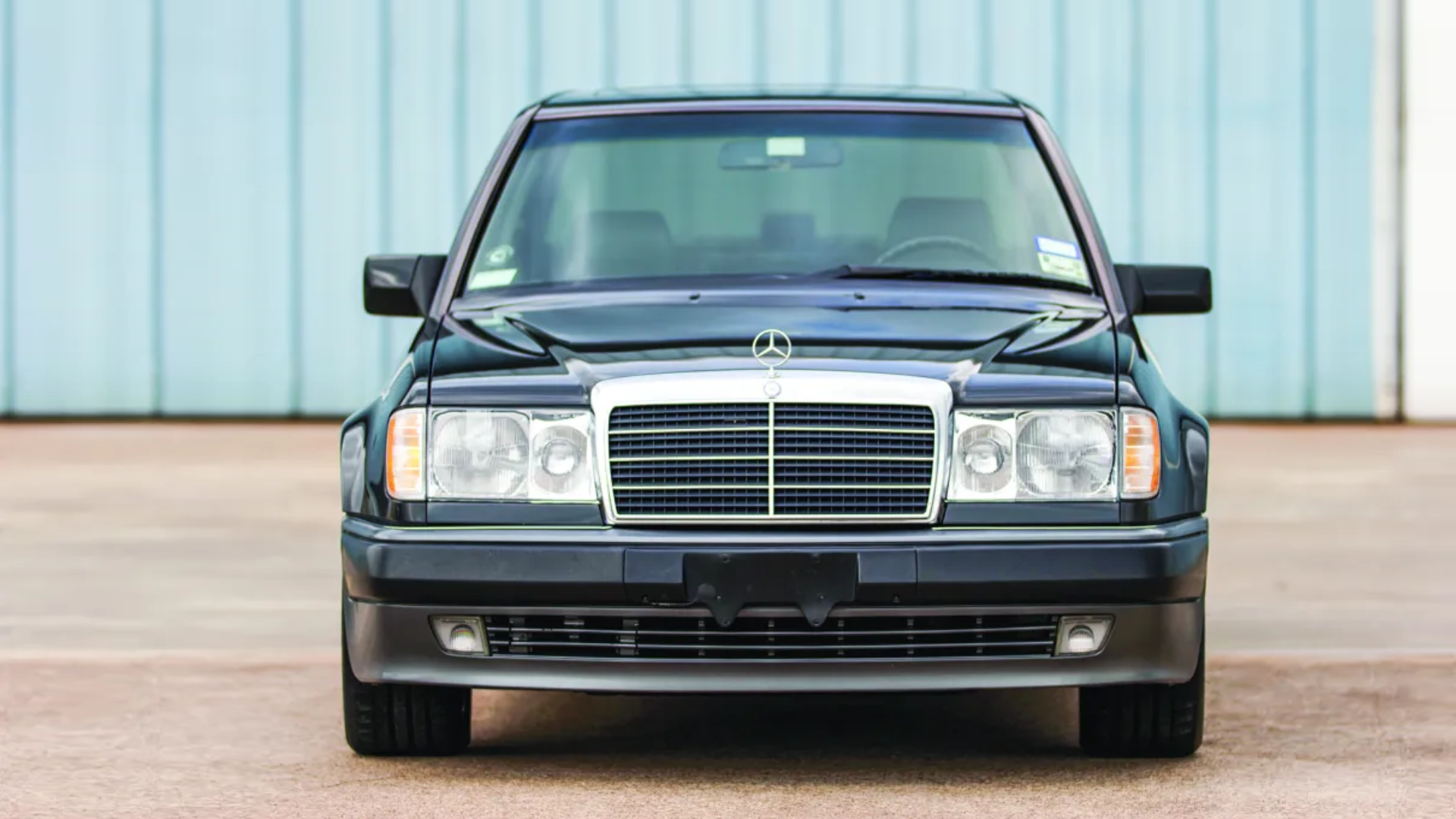
The Mercedes-Benz 500E (1990–1995), later sold as the E 500, was a high-performance version of the W124 model, created in close cooperation with Porsche. Due to Mercedes' engineering focus on the new S-Class, they tasked Porsche with redesigning the W124 chassis, along with adjustments to the suspension and drivetrain, to accommodate the wider 5-litre M119 V8 engine.
One of the more subtle asymmetries in the 500E is its asymmetrical wing mirrors. The driver's-side mirror is slightly longer than the passenger-side one, designed to minimize aerodynamic drag.
Ferrari Testarossa
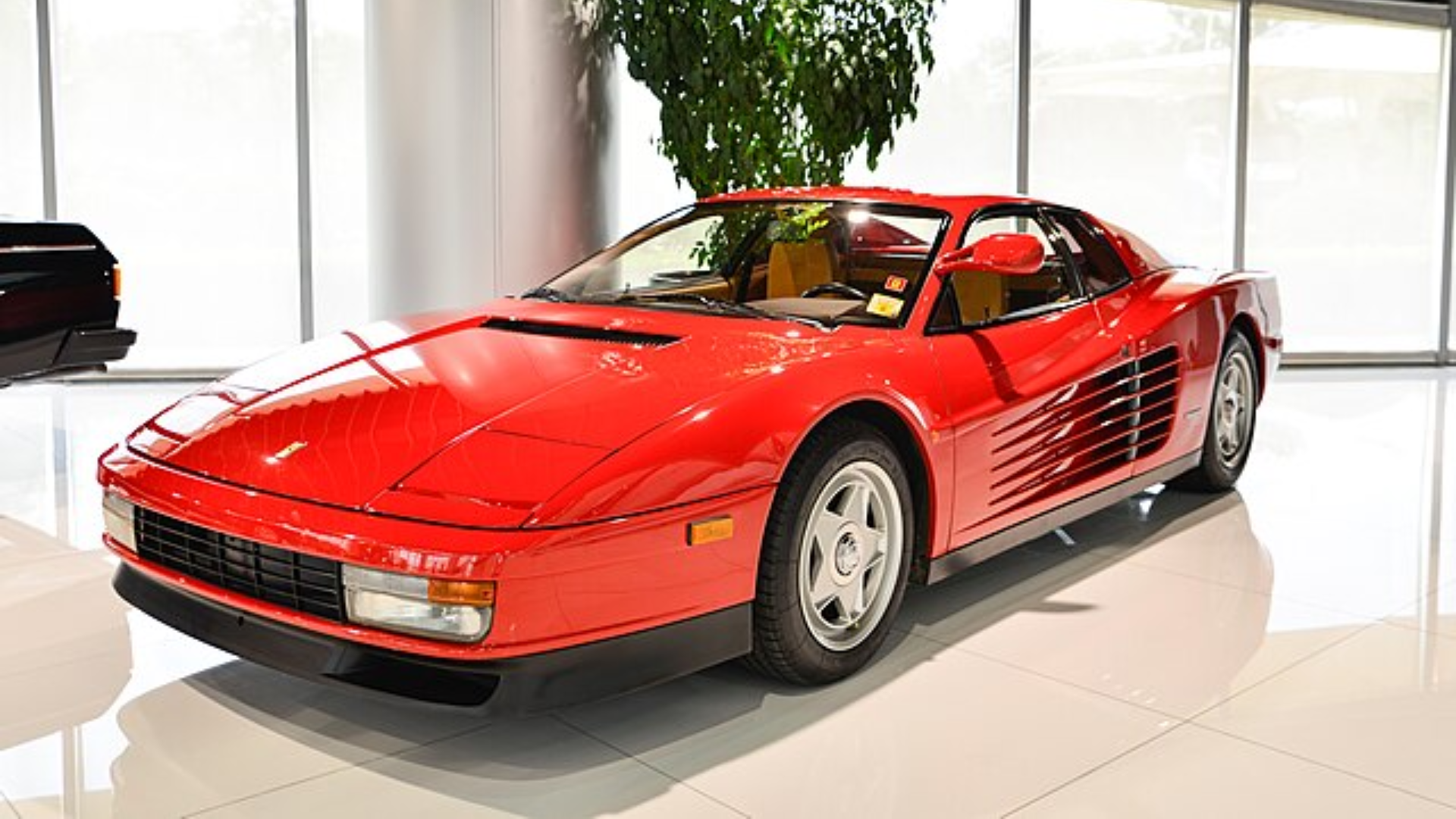
The Ferrari Testarossa (Type F110), introduced in 1984 as the successor to the Ferrari Berlinetta Boxer, is a 12-cylinder, mid-engine sports car known for its iconic design and performance. One of its most distinctive features is the asymmetrical "flying mirror". Initially, European legislation required full rearward visibility, and Ferrari’s designers raised the driver's side mirror up the A-pillar for a clearer view, as placing it lower would have been obstructed by the rear of the car. Since the driver wouldn’t be able to see a passenger-side mirror, Ferrari omitted it in the original design.
The flying mirror, mounted on a stalk, became an iconic feature, enhancing both functionality and aerodynamics. The unique positioning not only improved visibility but also helped reduce drag, contributing to the Testarossa’s performance. Some customers requested a second mirror, so Ferrari later lowered the mirror to meet regulations. As a result, the monospecchio (Italian: single-mirror) version is now rare and highly sought after.
Additionally, the asymmetric air dam featured a deep air intake on one side to cool the air-conditioning condenser and accommodate the tow hook, given that the front air dam was made of fiberglass. This functional asymmetry was designed to improve both cooling efficiency and structural integrity.
Hyundai Veloster Turbo
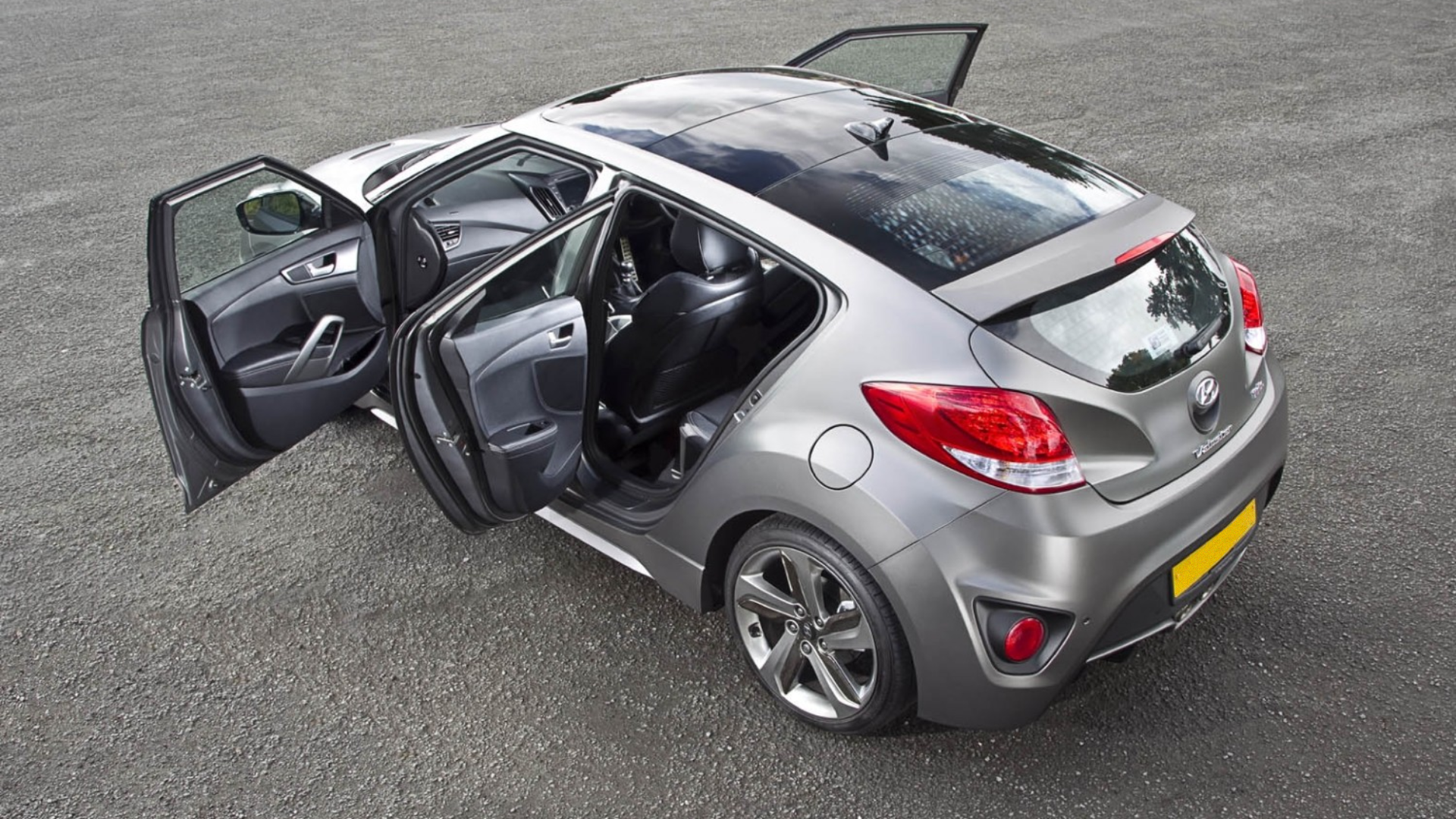
The Hyundai Veloster, a compact car first introduced in 2011, stands out with its distinctive asymmetrical door configuration. The Veloster Turbo, unveiled at the 2012 North American International Auto Show, features a unique design with one large door on the driver’s side and two smaller doors on the passenger side.
This asymmetrical design was intentionally crafted to offer a sporty, coupe-like aesthetic while maintaining practicality. The single door on the driver’s side emphasizes the Veloster’s sleek, dynamic look, while the dual rear doors on the passenger side provide easier access to the back seats, blending style with functionality. This innovative approach allows the Veloster to offer both distinctive visual appeal and practicality, making it a standout in the compact hatchback segment. It is the most asymmetrical car sold in the world.
Honorable mention: Nissan Cube
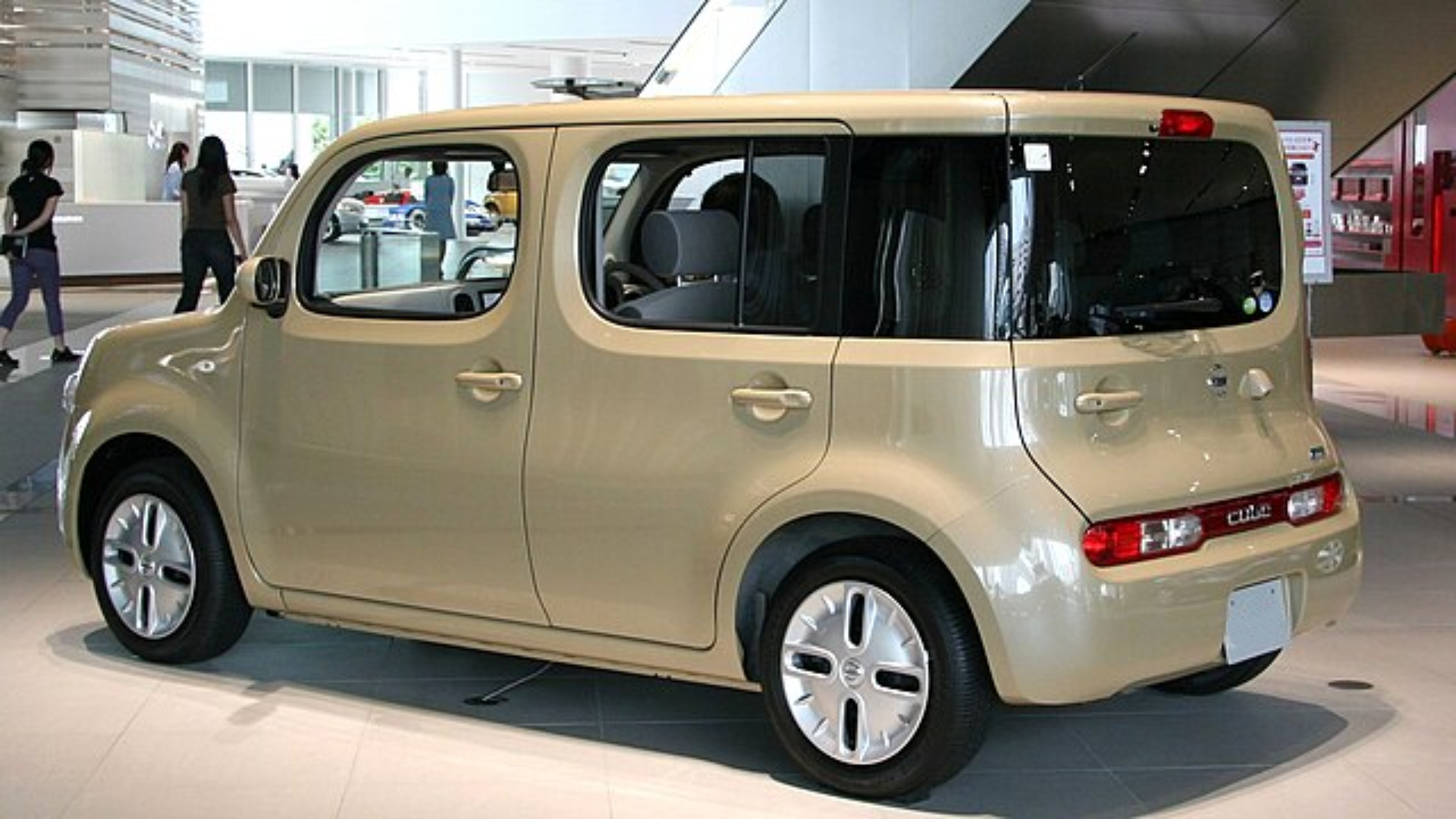
Although not a performance car, quite the opposite, in fact, the Nissan Cube is one of the most well-known asymmetrical cars. A mini MPV produced by Nissan from 1998 to 2019, the Cube was initially sold exclusively in Japan, with its availability expanding to North America from 2009 to 2014 and Europe from 2009 to 2011.
The Cube's asymmetry is most evident in its distinctive rear window design. The passenger-side rear window wraps around the side of the car, creating a unique, off-center look that sets it apart from more traditional cars. This asymmetry, while unusual, was a deliberate design choice aimed at giving the Cube its quirky, characterful appearance. It also served a functional purpose by improving the car’s rear visibility. Despite its unconventional design, the Cube’s asymmetry became one of its defining features, contributing to its cult following and recognition.
While we’ve covered some of the most iconic performance cars with asymmetrical features, there are many more out there. For instance, we didn’t include cars with optional parts that aren’t standard, such as the Alfa Romeo 4C with its optional air duct on the driver’s side, which only makes the car asymmetrical if chosen. Similarly, we didn’t include one-seater cars, like the ultra-rare Ferrari Monza SP2, because they are inherently asymmetrical due to their very structure. The world of asymmetrical design in performance cars is full of surprises, and we’d love to hear what we might have missed. Comment down below and share your thoughts!
